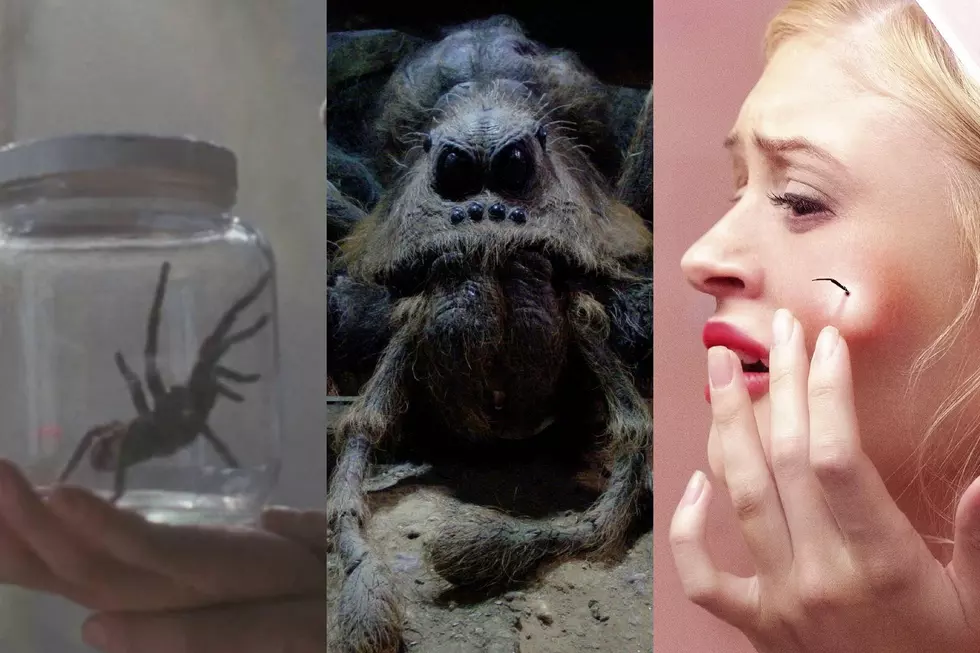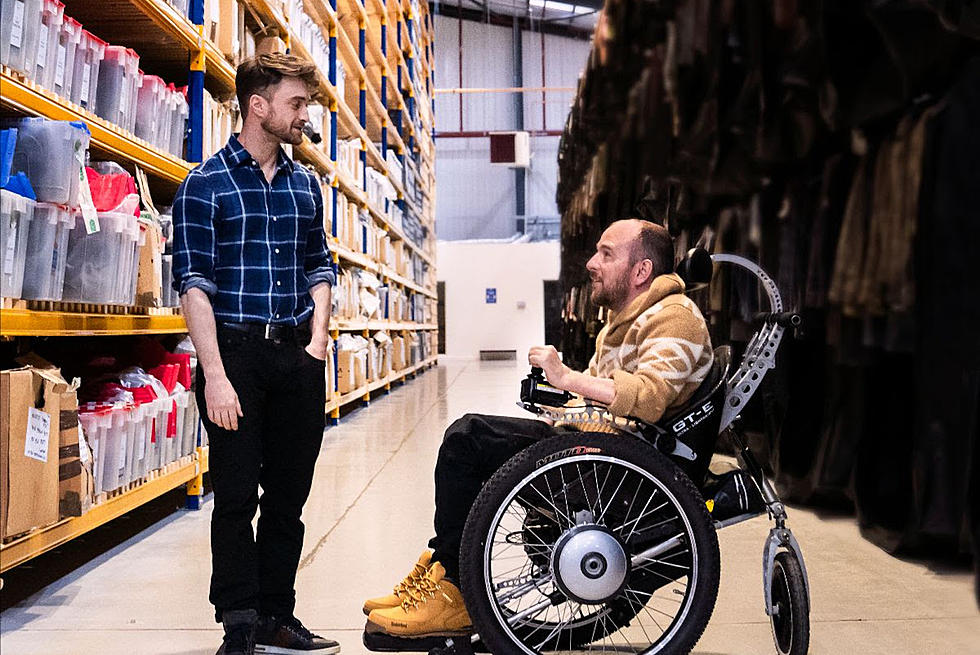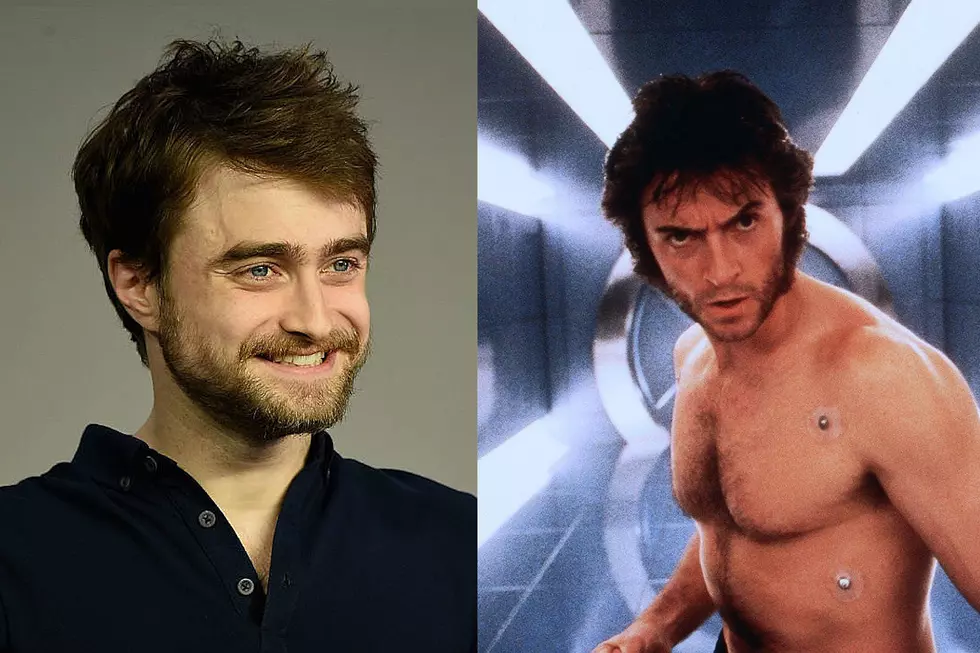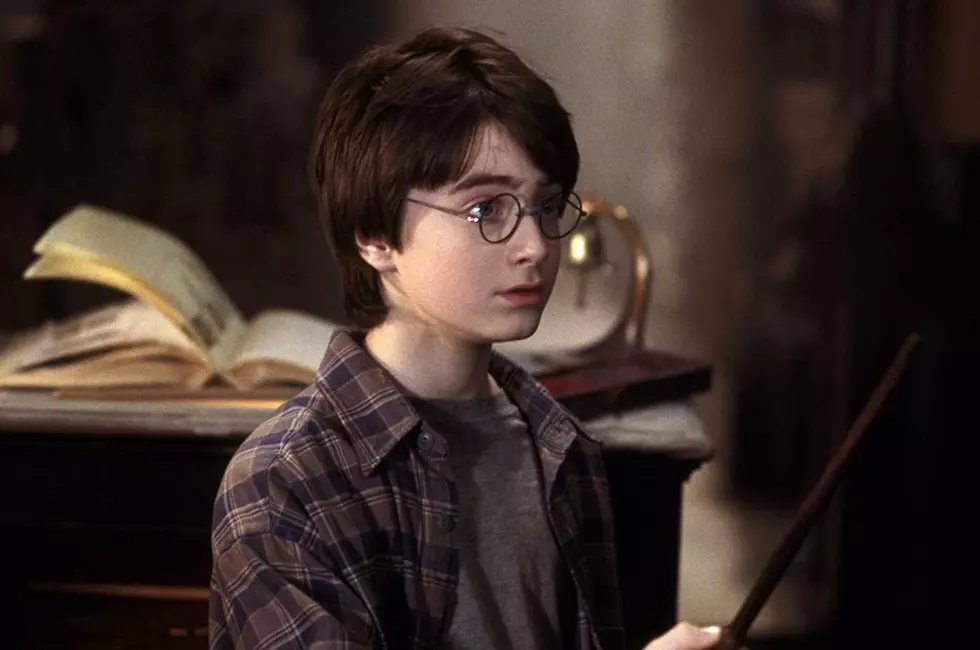
15 Years Later, Does ‘Harry Potter and the Sorcerer’s Stone’ Still Hold Up?
Leading up to the 15th anniversary of Harry Potter and the Sorcerer’s Stone on November 16, we’re looking back on the series and rewatching one movie each week to see how they hold up.
The very first Harry Potter movie opened 15 years ago next month. Fifteen years. A lot has changed in blockbuster movies over the past decade and a half — superheroes are now front and center, CG has advanced to remarkable degrees, and remakes, prequels and spin-offs are filling the movie theaters. But J.K. Rowling’s magical world was one of the most original series of its time. Before Harry Potter and the Sorcerer’s Stone opened on November 16, 2001, the only major movies for kids born in the ’80s and ’90s were animated films from Disney and Dreamworks. The 21st Century also brought with it the Star Wars prequels and the Lord of the Rings series, but Harry Potter introduced a whole new era of fantasy blockbusters for kids (Chronicles of Narnia, The Golden Compass, Twilight, et al.). It gave millennials the first major family franchise of their generation.
In a lot of ways, the Harry Potter series was one that defined my generation’s youth. I grew up in public schools where it was unusual if a classroom didn’t have Rowling’s books on the library shelves. I was 10 years old when Sorcerer’s Stone hit theaters, and while at first my mom wouldn’t let me see the movie — she thought it was a horror movie about witches — I eventually convinced my babysitter to take me. I loved the movie, and followed the franchise as it continued, waiting in line for the midnight book releases and screenings. But how much of my love for Harry Potter can be chalked up to nostalgia? Are the movies as great as they seemed at the time? And as the longest-running film franchise with the same cast, did the Harry Potter series necessitate eight total movies, or could it have succeeded with less? To try to answer those questions, I decided to rewatch the films, one per week, leading up to the 15th anniversary of Sorcerer’s Stone (I’ll be combining Parts One and Two of The Deathly Hallows in the final week).
One of my all-time favorite scenes from the Harry Potter films is the opening sequence of Sorcerer’s Stone. Dumbledore (Richard Harris) emerges from the trees onto Privet Drive, slowly and calmly darkening the street lamps one-by-one with his Deluminator. Director Chris Columbus shows Professor McGonagall (Maggie Smith) transforming from her cat Animagus as a shadow on the side of a house, obscuring what we can see. It’s a quiet, unflashy sequence with only minimal special effects. There are no wands or spells, but we get to see a slight hint of magic within a recognizable suburban landscape.
Part of what makes the film such a great introduction to the series is how it slowly eases us, along with Harry, into its magical world. We don’t get a traditional depiction of witches and wizards who’ve long appeared in the movies, or spooky incantations and cauldrons of smoke. The movie begins in the “real” world so that when the small moments of magic do happen, they feel all the more foreign.
The introductory scenes in Sorcerer’s Stone are the ones that hold up the best. By the time we finally arrive in Diagon Alley, the film feels like it’s transported us to a whole new world. It takes its time getting there — a rare thing for blockbusters, especially ones targeting a young audience — but it’s worth it once you arrive. You can’t help but feel the glee and amazement that Harry feels on his first trip to Gringotts, when he meets Ollivander (John Hurt), and stares awe-struck at a Nimbus 2000 in a shop window. It doesn’t matter how many times you rewatch the movie, there’s still something enchanting about the sequence. There’s a sense of nostalgia packed into this Victorian-era world with creaky old buildings and cobblestone streets. If this were a contemporary universe, it would likely be a lot more dated 15 years later, but today it still feels exciting and fresh. Columbus also doesn’t show us too much of the magical street in the first film, only giving us brief window-shop glimpses that make you want to return for more.
What hasn’t aged well about Sorcerer’s Stone are the visual effects. Seriously, nearly 50 percent of this movie looks like a bad video game. The kids’ gummy-like bodies wobbling atop broomsticks, the laughable centaur who rescues Harry in the Forbidden Forest, the goofy-looking troll and Fluffy, the three-headed dog take you out of the movie. Even the landscape shots of the Hogwarts Express racing through greenery look pretty cheap and remind you that this is certainly a movie from the early 2000s. And then there’s the Voldemort reveal. Oh gosh; it is so bad.
I’ve never liked Professor Quirrell. He’s basic and boring, and sure, that’s the point since he’s the most unsuspecting bad guy. But this guy wears a turban to cover a face growing out of his head. Why didn’t any professors ever stop and ask, hey dude, why are you wearing a purple turban? Why not just wear a regular hat? Maybe beanie? Even witch hats are normal at this school, but you chose a turban? Fashion choices aside, the final reveal of Voldemort’s face on the back of Quirrell’s skull is probably the stupidest looking visual effect ever featured in a Harry Potter movie. (This person’s Halloween costume is scarier.) Watching it as a kid may have been creepy enough to provoke fear, but today it’s plain silly.
Even when we meet Voldy for the first time in Sorcerer’s Stone, his stand-off with Harry doesn’t feel all that worrisome. We return to the Great Hall (which is still the most gorgeous location of the movie) where the house points are announced, the kids feast and all is well. The best thing about Sorcerer’s Stone compared to the rest of the series is how it maintains a youthful sense of cheer and curiosity. As the franchise continued, things took a darker turn; the characters faced bigger threats, the dangers grew more serious, puberty struck, and emotions ran high. But in the first movie, Hogwarts still feels like a fantastical playground where anything is possible.
It might be the most joyful movie in the franchise, and revisiting it today reminds you why so many people fell in love with the series in the first place (it’s still the 28th highest grossing film of all time). While Sorcerer's Stone might not look great, it did a great job of setting up its world and characters.
Additional Thoughts:
- I love Richard Harris’ magnetic presence as Dumbledore. He brings such a grandiosity and a gentleness to the character. But his Dumblefore is so costume-y, like a silly live-action Merlin with a ridiculously long beard and elegant wardrobe. It’s too much. I prefer Michael Gambon’s version. He was like a laid back Dumbledore who wouldn’t mind shopping at a thrift store.
- Few things are more adorable than little Rupert Grint’s facial expressions.
- Is it just me or does Professor Quirrell’s death scene look a lot like the melting Nazis in Raiders of the Lost Ark?
- How did Draco keep up his bleached roots? Was it magic? Or did Hogwarts have a hair salon on campus?
House Points Tally:
More From ScreenCrush









